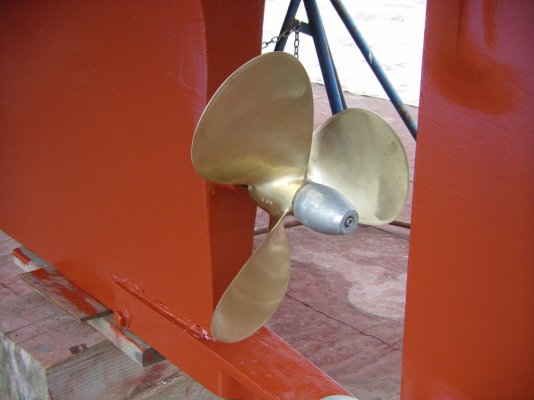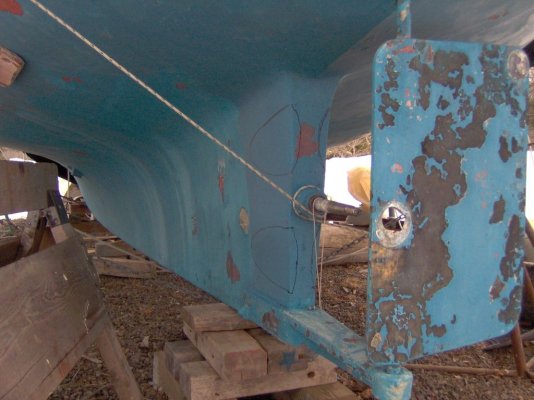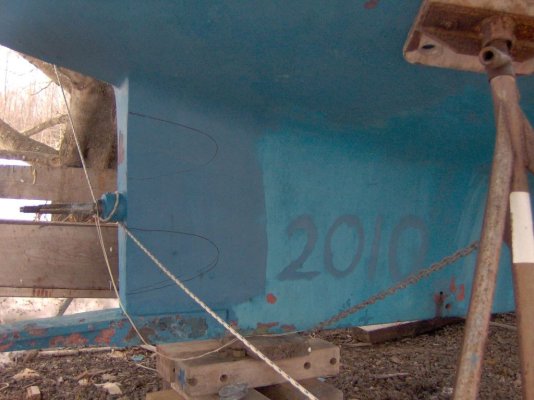sunchaser wrote:
Larry
In addition to Tony's post, I found Paul Foulston's points on the same thread interesting too. Paul pretty much said Bob Smith's support of "blowing her out" were specific to some older designs and did not necessarily pertain to "modern" diesels. Paul is an encyclopedia on marine diesel foibles during the past 50 years
Best to read the full thread,*keeping in mind Tony Athen's*long held position that he has never seen a well maintained diesel give out due to under loading.
Sunchaser:* *Here's Paul's post.* I think*he was referring to "blow by"?
<table style="width:100%;" border="0" cellspacing="0" cellpadding="5" bgcolor="#ffffff"><tbody><tr><td colspan="3" bgcolor="#ffffff">I do not know why Bob Smith should be such an authority. When I worked for Ford we thought that Lehman marinisations were at best poor and over complex and not a patch on Sabre who eventually purchased them.
I have been involved over the years with three re-powers of Lehman powered vessels.
#1 Grand Banks 32 Lehman Ford NA 120hp out to Cummins 6BT210
#2 30 foot 12 tonne crabber, Lehman Ford NA 80hp out to Cummins 4BT150
#3 42 foot Taiwan tupperware GB lookalike with pair of Lehman Ford NA 120hp out to pair of 6BT210´s
Have been real close to #´s 1&2 since repowered and did survey on #3 on an ownership change. #1 has over 5,000 hours and #2 well over 11,000 hours. Retired owner of the GB NEVER pulls more than 1,500 rpm, #2 goes out to fishing ground at 1,500/1,700 rpm, idles for an hour whilst pulling string of pots then 1,500 to the next string and and so on. Home at the same speed unless weather suddenly turns bad, then he gives motor the beans.
#2 had blow by check at 9,000 hours, perfect!
#3 Was recently sold, previous owner claimed that 1,400 rpm was real comfortable and very economical, 2,500 hours, blow by once again perfect.
Lube oil control on Ford Dover engine was always a problem for us in engineering, Bob Smith should not judge other makes of motor by old Ford Dorset/Dover standards.
Paul.</td></tr><tr><td valign="bottom">*</td></tr></tbody></table>






